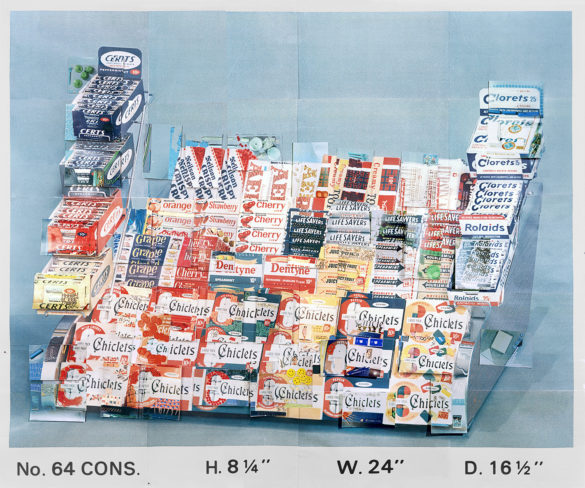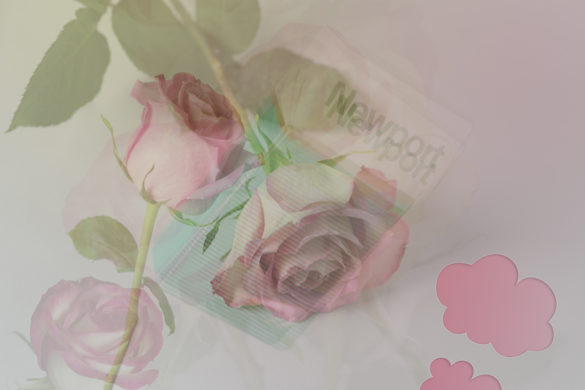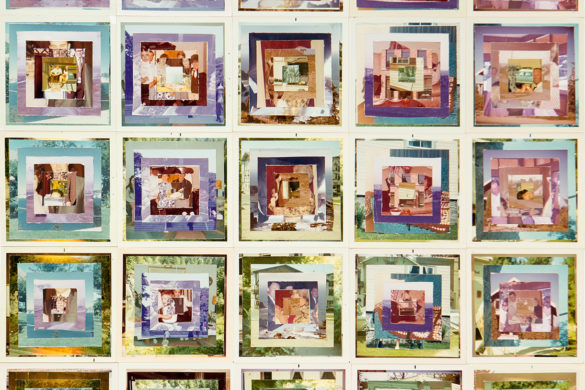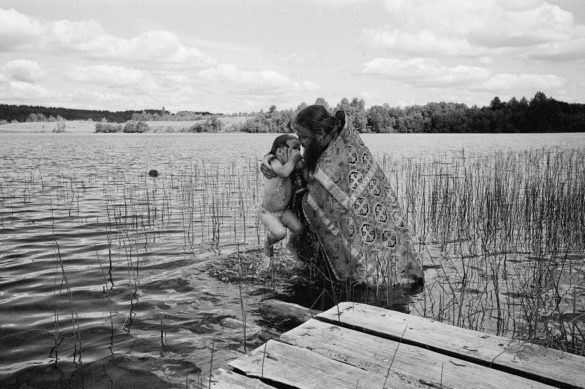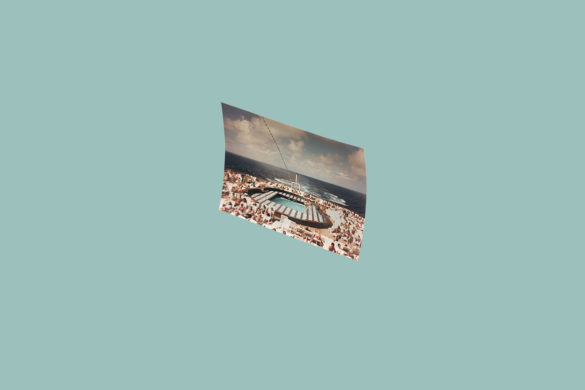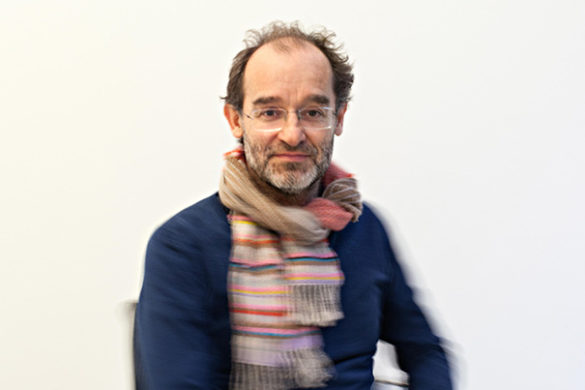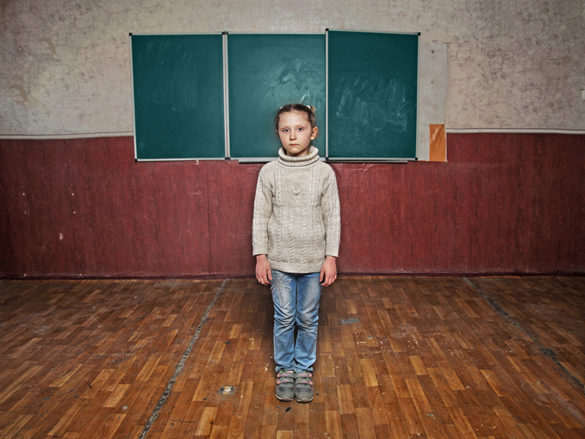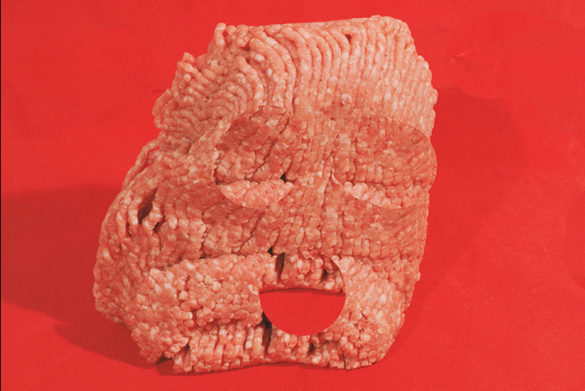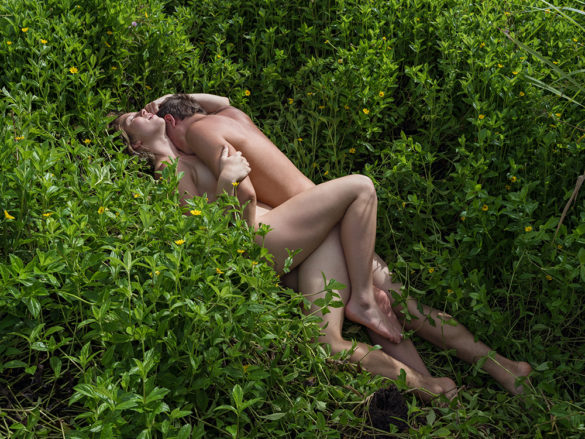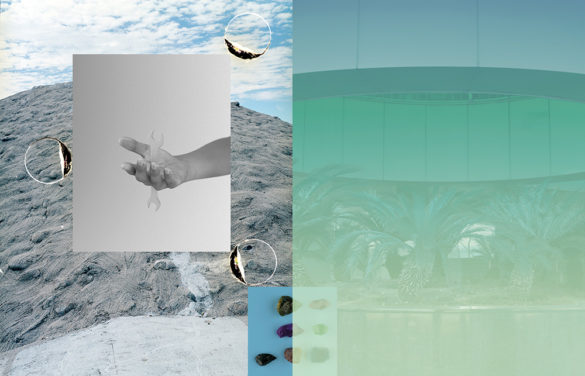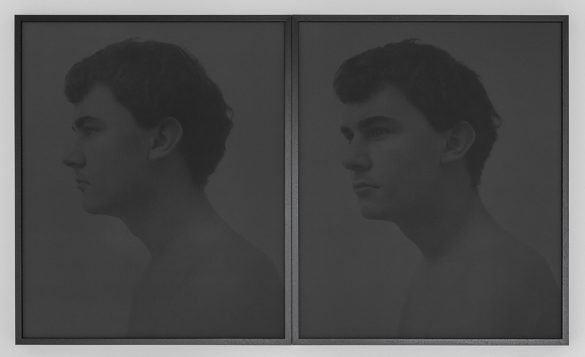Introduction What’s to…
Conversations
Cloaked in a rhetoric of commercial promise, Joseph Desler Costa’s pictures appear, with glossy sheen, fresh off an assembly line. At first glance they present a seemingly impenetrable surface of salesmanship, a mere costuming over the artist’s searching through his own memory for products of promise that have shaped his upbringing. Costa finds an inseparable link between aesthetics and desire, allowing his own pictures to succumb to that aesthetics as a means to reveal the inner workings of them. In his pictures, consumer staples like Nike shoes and McDonald’s fries are mixed with sparse fragments of recreated memories rendered with foggy vagueness. What Costa produces is a masquerade of a masquerade, subverting the idealist promise of commerce and blending memory and desire into hypnotic echo of an echo of the real. What things may satisfy us? What convinces us of their satisfying qualities? How do pictures sell things, or inversely, how can a picture help but not be an advertisement for itself? And what of our own desire really belongs to us, and what has been implanted via the stealthy pointy end of a well made picture?
Joe Rudko’s work is anything but predictable, yet he calls upon familiar visual spaces in ways that offer a sense of stability. His capacity to find practical and emotional value in the process of art-making keeps him invested in finding novel ways to articulate his ideas.
gregory eddi jones One…
Introduction: Photography has long…
David Campany is among the most prolific and well-respected photography writers and curators working today. He has contributed historical and critical analysis of photographs in over two-hundred published essays for high-profile monographs and museum exhibitions, curates exhibitions for major museums and festivals…
“Children living in a war grow up quickly, they have adult eyes. I talk to them the way I would talk to adults. I ask questions, but these children are traumatized, so sometimes they do not want to answer and I do not insist.”
While artmaking is often cited as a system of creative problem solving, a search for pathways to convey an idea alternatively to the conventional, Lucas Blalock’s work creates problems. His pictures are often anti-resolutions, disembodied and boiling in predicament…
In Foglia’s work, the environment is not just a setting for a story to take place – a field of characterizing details – but an essential subject of the story itself in the photographer’s quest to reveal the complicated relationship we have with a natural world. Lucas was kind enough to answer some questions about his practice.
Everything is Collective is a trio of artists, Aaron Hegert, Zachary Norman, and Jason Lukas, who together create collaborative images, books, and exhibitions. The pillar of their practice is an ongoing self-published book series, Deliberate Operations, which presents collections of images that are ping-ponged back and forth between the three to create shared theoretical and visual responses to a range of issues within the context of digital experience.
Barry W. Hughes’ NEOP series has been ongoing since 2013 and represents an open-ended exploration of photography’s capacity to register our scientific and cultural relationship to outer space. The varying visual strategies that make up Hughes’ ongoing collection of photographs utilize staged fictions, still life constructions, and facsimiles as stand-ins for…
For nearly five years, Peruvian-born, Seattle-based artist Rafael Soldi has transformed loss and uncertainty into a profound, sometimes abstract photography series Life Stand Still Here. It branched from an earlier project based on a sudden breakup and evolved into a murky succession of images that connect Soldi’s deeply personal moments with grander, more universal struggles. Using a range of techniques including still life, abstraction, and a large-scale grid of photobooth portraits, Soldi asks viewers to consider the connection between his experiences and their own.

